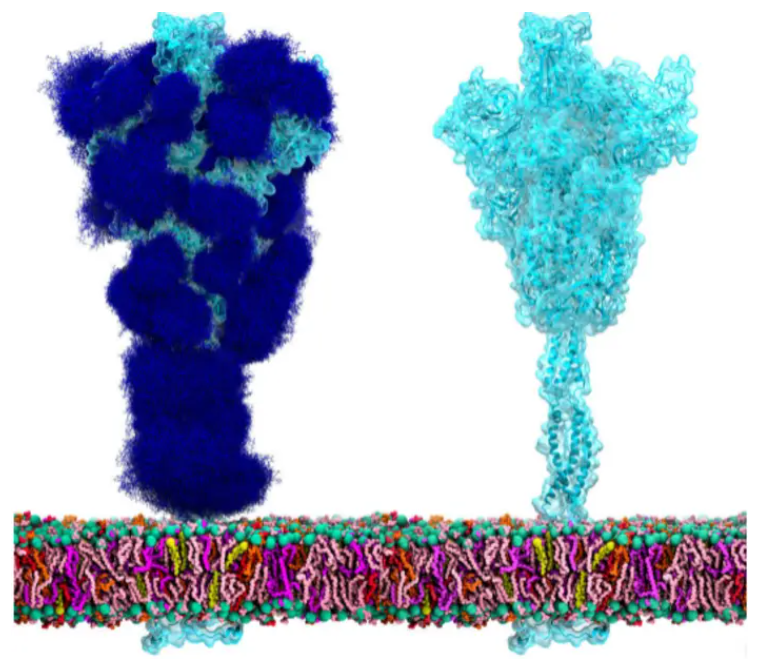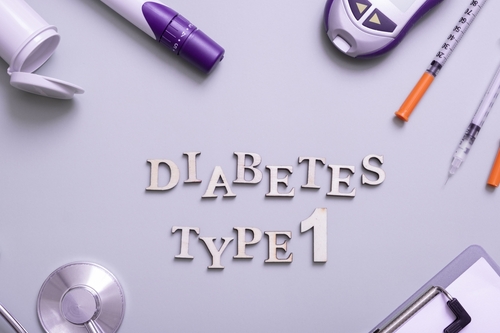Dr. Shaun Grannis: Why Patient Matching Plays a Critical Role in Safety and Quality of Care
By Rob Dillard - Last Updated: May 10, 2024Accurate linking of medical records from sources, known as patient matching, plays a critical role in patient safety and quality of medical care. DocWire News spoke with Shaun Grannis, MD, who serves as Regenstrief Institute VP for Data and Analytics, about a recent study he led on patient matching to ensure optimal patient care decisions.
DocWire News: Can you provide us with some background on yourself, and your role with Regenstrief Institute?
Dr. Shaun Grannis: Sure. I’m the vice president for data and analytics at the Regenstrief Institute. I help ensure that we have the appropriate tools, the data, the analytics necessary to be able to be able to derive value from the growing electronic health record data out there.
What is patient matching, and why is it critical for patient safety and quality care?
So patient data is distributed across many systems. Wherever a patient goes, and they typically don’t receive care at a single institution or organization, that data is fragmented and in order to have a comprehensive picture of a patient’s health, that data needs to be integrated. To integrate data, you have to be able to understand who the person is and find them and determine these records from one organization and records from another organization belong together and many people think that, well, we have a medical record number or social security number. So why isn’t that good enough? Well, every health system has a different medical record number for the same patient. Those are assigned independently and so they’re not the same. Social security numbers are becoming less and less frequently used. We’re actually seeing a decline in the use of social security numbers. So you would miss a significant portion of the population. So there are sophisticated algorithms that are used to try to piece together different bits of identity using as many demographic features as possible, like name and address and telephone number and all of that.
By the way, the United States is the last developed country in the world without a unique patient identifier.
You conducted a study on patient matching. Can you talk to us about it.
So in Indiana, we have one of the largest health information exchanges in the country. In that health information exchange, using sophisticated algorithms, we integrate patient data from across the state of Indiana so that physicians, when they see a patient, have a more comprehensive view. We used that data, which is data from many, many different organizations, to test a new type of algorithm called referential matching to better understand how this works. It’s a newer method, hasn’t been formally analyzed before and so we use the health information exchange data to validate this new type of algorithm and what we found I think was encouraging. Most matching systems, most patient matching algorithms have to be tuned and configured to every circumstance. So each hospital system, each region of the country has different name characteristics and the algorithm needs to be adapted. Well, this algorithm, the referential algorithm achieved extremely high match accuracy without adaptation, which is encouraging. That tells us that we can actually do better with these types of algorithms than we’ve typically seen before.
What were the study limitations?
Well, certainly, as I mentioned, we use Indiana data and different parts of the country may have different characteristics. So we think that matching from more than 100 health systems probably is going to give us a good picture of how it performs elsewhere in the country. But we can’t guarantee that and we encourage other people to do similar analyses in different parts of the country to do that. Also, the type of matching system that we evaluated typically does not work as well for children because, in particular, very young children often don’t have full identifiers, for example, when they’re born. So they might not have first name. They certainly don’t have a social security number. So the algorithm does not perform as well against children. We still need other algorithms for those.
What are the clinical implications of this study?
So I think what this shows us is we can have more complete data, even though we don’t have a national unique patient identifier. Algorithms like referential matching can help us to ensure that we have as comprehensive and complete and accurate data as possible to take the best care of patients, make the best decisions possible.







 © 2025 Mashup Media, LLC, a Formedics Property. All Rights Reserved.
© 2025 Mashup Media, LLC, a Formedics Property. All Rights Reserved.